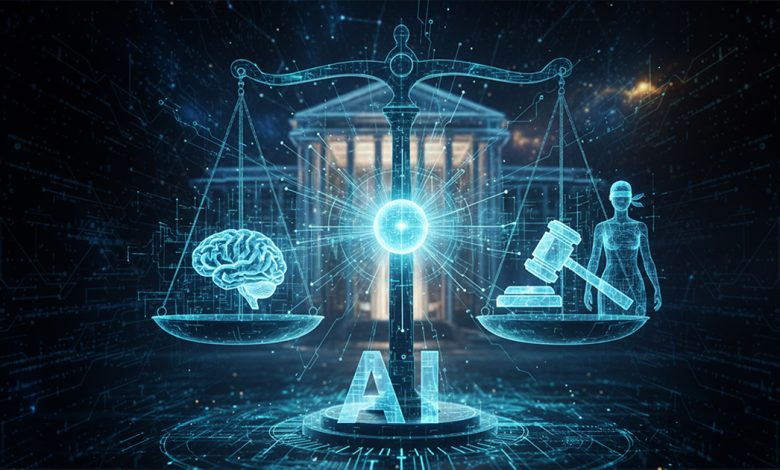
AI is moving faster. Faster than most of us expected. But while companies are racing to integrate machine learning and generative tools into their operation, one thing is left behind: ethics.
We all have seen the headlines blaring biased algorithms, deepfake fraud & news about systems that make decisions no one can explain. At this point, one thing is very clear: ethical AI is not a buzzword, it’s a survival strategy.
So how do we turn intention into action when it comes to building AI systems that are powerful, but also fair, transparent & accountable?
Let’s explore more about it.
Why Ethical AI Isn’t Optional Anymore
It used to be that ethics came after the fact. A team would build something, it would break something & only would it be after someone asks, “Wait, should we have done that?”
That approach is not valid anymore. Whether it is a recommendation engine, fraud detection system, or customer service bot, your model has the ability to influence livelihoods, reputations & real-world outcomes. And it’s important to understand that when these decisions affect human lives, sometimes, the outcomes can be catastrophic.
People have started to understand the serious repercussions of letting AI go unchecked, and regulatory frameworks like the EU AI Act and emerging legislation in the U.S are a great example of that. It is becoming more and more important by the day to understand that if you are unable to explain your model’s decisions, it might cause you some legal headaches.
And even if you find legal loopholes, you can’t dodge the court of public opinion. Companies that misuse or mishandle AI face brand erosion, customer backlash & talent drain, and often, recovering from this becomes almost impossible.
Where Most Companies Get It Wrong
Many companies only treat ethics as a to-do list, which is one of the most common mistakes. And without any real change in how their team builds, tests & deploys models, it is not of any use.
Ethics is not something that companies should only consider as a separate review process at the end. It should be an ongoing process at every stage of development. What this means is asking questions like these upfront:
- What kind of data is being used? Who might be misrepresented or excluded?
- What are the long-term impacts of incorrect predictions?
- Who is accountable for system failure?
If your team is not able to answer these questions comfortably, you are probably not ready to ship.
Principles Are Good. Frameworks Are Better.
The AI industry is filled with high-minded principles like fairness, accountability, transparency & privacy. But we have often seen these words only as part of their mission statements and code of conduct documents because turning these ideals into an engineering spec is a tough job to do.
That’s where frameworks like Google’s Model Cards, IBM’s AI FactSheet & Microsoft’s Responsible AI Standards come into play, which provide detailed structures on how to embed ethics into the development workflow.
They help teams document assumptions, flag risks & create feedback loops. It’s not just about adding red tape. It’s about ensuring you are not building black boxes that even your team can’t unpack.
Real-World Example: When Good Data Goes Bad
Consider a credit scoring model trained on a historical set of data. If that data contains systemic bias, like a lower approval rate for a certain zip code. You are essentially only automating that bias. The real problem with automating such systems that might be “technically accurate” but have flaws like bias is their ripple effect, which often impacts not only a single person but entire groups, and they can be socially damaging.
Ethical AI practices would identify that problem early on, either by reweighting that data, retraining with a fairer sample, or building in internal blocks to penalize disparate impact. As much as it is about accuracy, it’s about impact.
Culture Matters Just As Much As Code
Even with all the frameworks & principles, if your team does not have the comfort of speaking up when they see something off, none of it matters. All the frameworks and principles only work when the employees feel safe to apply them, rather than treating them as paperwork that sits in a drawer. A silent workplace can let flawed systems slip through only because no one wants to challenge the status quo.
Ethical AI begins with a culture where teams are made up of individuals from diverse backgrounds & perspectives, and leaders who give importance to thoughtful questions rather than blind execution.
The single most effective strategy a company can adopt is to create a culture where the employees feel safe to ask, “Are we sure this is right?” When curiosity and caution are rewarded rather than dismissed, organizations build resilience, protect their reputation, & strengthen trust with customers.
We have crossed the point of building AI just because we can. The leaders of the future will be those who take the time to ask the hard questions & those who make ethical reasoning a part of every print, every dataset & every line of code.




